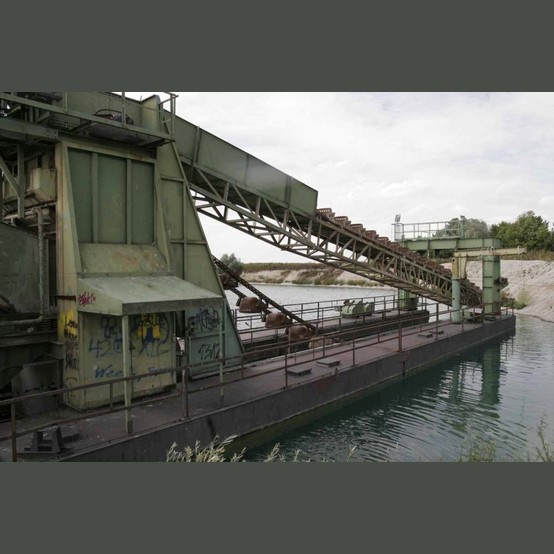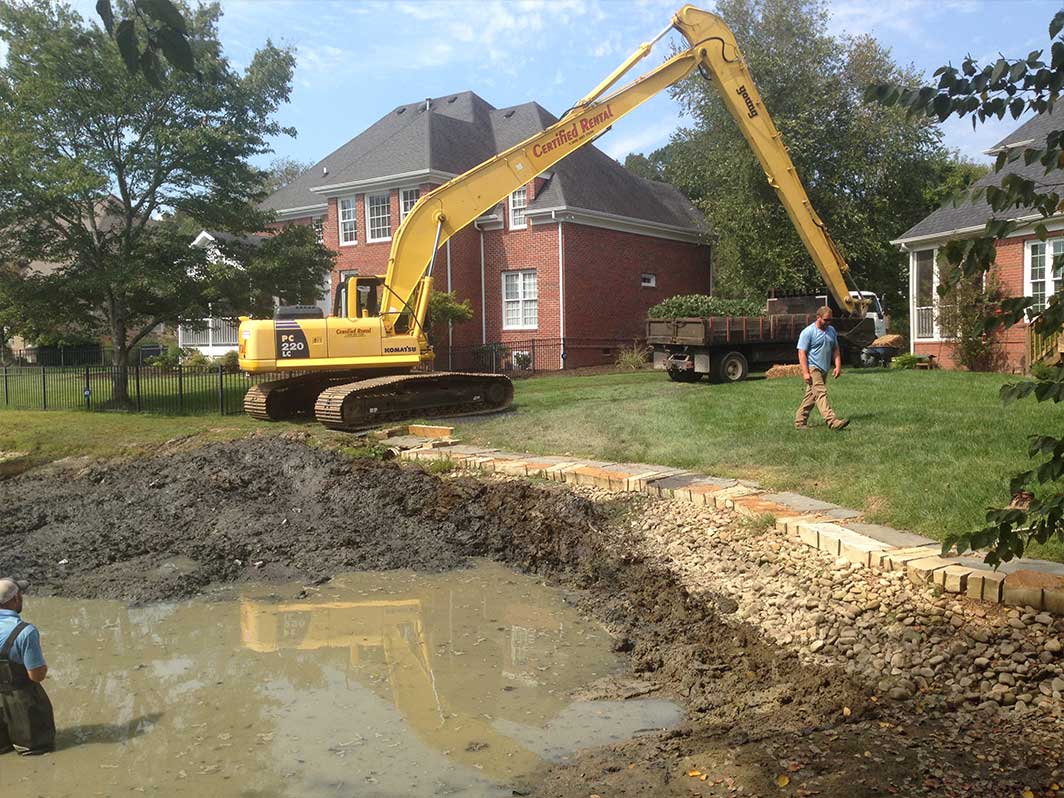

Less expensive operation – biological dredging is much less expensive due to lower equipment overhead, less labor expenses and lower fuel expenses.Įnvironmentally friendly – the integrity of the pond′s environment is kept intact. Less repair costs – there will be no damage done to the turf or landscape, so there will be no repair costs incurred. Irrigation systems can continue uninterrupted – irrigation from your pond can continue, since no disruption to water flow will occur during the bacterial dredging operation.

You can fully utilize your pond while this operation is occurring. Pond can still be utilized – the bacterial dredging process remains uninterrupted by fishing, boating or swimming activities. The peaceful integrity of your property is maintained. There are no large, noisy trucks or backhoes rolling across the yard. Do this until the entire pond is dug out on both sides of the initial center trench.Less invasive – due to the absence of heavy equipment and large containment bags, there are no damages to the surrounding turf or landscape. Repeat the process of digging, dumping and moving the machine until it reaches the opposite end of the pond area and then repeat this step. This way the machine is widening the trench begun in the center but adequately supported on firm ground. As the backhoe operator digs, the spotter should check the depth of each section with a depth stick (a long stick marked in 6-inch increments) to make sure it matches the plans before the backhoe is repositioned.īring the backhoe back to the end that it started digging on and set it the machine up so it can dig at a slight angle to its body. Have the backhoe operator dig in a straight line all the way across to the other end of the pond (dumping the dirt into your dumptruck or front loader for removal as the pond is dug). Set the backhoe up in the center of the pond at one end of the pond. Spray the excavation depth of the pond for each section on the ground as well so the operator and the spotter can read it easily. Divide the sections according to the depth of the pond shown on the plans in that area. Mark the ground with orange spray paint in sections.


 0 kommentar(er)
0 kommentar(er)
